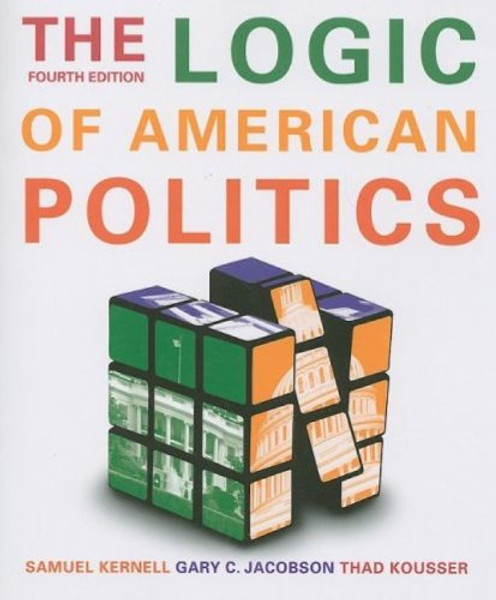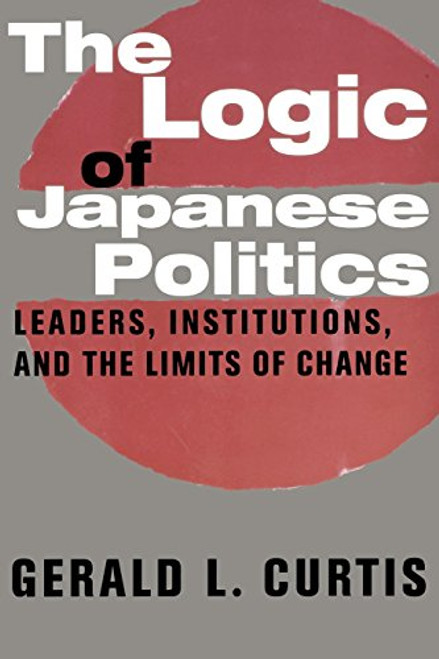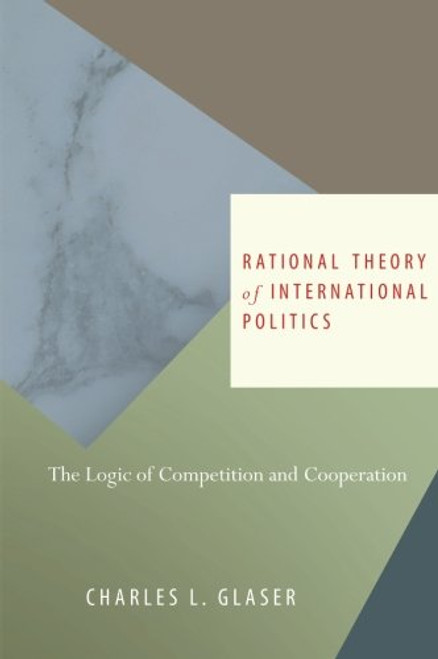Product Overview
Novices to the study of politics find the American political system complicated, even mystifying or infuriating. They may have strongly held opinions on a number of political issues, but no systematic way&BAD:mdash;no logic&BAD:mdash;for thinking about how and why the system works the way it does. And new to the discipline, they have no clear sense of how political scientists approach the study of government. Distinguished scholars Samuel Kernell and Gary C. Jacobson give students a powerful way to think about politics, while offering an accessible entre into the analytic study of American government.A Logical Approach that SimplifiesConveying how the American political system is both extraordinary and complex, the authors explain in a simple and straightforward way that there is a rationale embedded in the U.S. political system. This underlying logic helps students see why political institutions are structured the way they are, and why the politicians who occupy them, and the citizens who monitor and respond to their actions, behave as they do. Why were the Framers able to create the Constitution and compromise on a system of checks and balances? The rationale behind the Framers including a Bill of Rights to the Constitution can be used to discern the reasons behind today&BAD:rsquo;s members of Congress legislating intelligence reform. Institutions evolve and new political actors emerge, but the logic of the political system remains. In choosing and maintaining a democratic form of government, a nation as large and diverse as the United States faces enormous challenges. Kernell and Jacobson analyze political institutions and practices as imperfect solutions to problems facing people who need to act collectively. Throughout the text, the authors highlight these collective action problems, including the conflict over values and interests and the costs associated with finding and agreeing on a course of action. They describe how the choices made to resolve problems at one moment affect politics in the future, long after the original issues have faded. They emphasize the strategic nature of political action, from the Framers&BAD:rsquo; careful drafting of the Constitution to contemporary politicians&BAD:rsquo; strategic efforts to shape policy according to their own preferences. The logic that Kernell and Jacobson explain and use as their touchstone in every section of the text gives students an intuitive way to view all of American institutional development. Encouraging them to move beyond memorization of facts, The Logic of American Politics gets students to think through both the limits and possibilities of American politics. A Writing Style that EngagesIn The Logic of American Politics, Kernell and Jacobson employ a narrative style, drawing on the rich story line of American history to explain how and why our political system has developed the way it has. Core concepts are introduced in clear-cut yet engaging prose and applied to a wealth of political and real-world examples. Witty at times and fully up to date, the text features plentiful and colorful stories that illuminate and animate the subject. The authors are always aware that their audience is new to the study of political science, but believe that the American government course is the ideal time to expose students to exemplary research and writing. Features that CountThe intelligible logic of American politics is analyzed further in three sets of thematic boxes that appear throughout the text:Logic of Politics boxes dissect the design of various political institutions in light of the objectives they were intended to achieve. In the Civil Liberties chapter, for example, a box examines how governments crack down on dissent in wartime.Strategy and Choice boxes show how officeholders and those seeking to influence them employ institutions to advance their goals. For example, a box in the Bureaucracy chapter describes how defense contractor Rockwell maintained support for the B-1 bomber by subcontracting the work across hundreds of congressional districts.Politics to Policy boxes highlight how public policies reflect the institutions that produce them and evaluate institutional capacity to solve the nation&BAD:rsquo;s problems. &BAD:ldquo;Pollution Knows No Borders&BAD:rdquo; in the Federalism chapter, for instance, looks at the necessity of national regulation of air quality.Additional Pedagogy that Aids in Critical ThinkingThematic questions at the beginning of each chapter serve both to preview important themes and to get students thinking critically. A few examples include: Congressional incumbents rarely lose elections. Why then are they obsessed with the electoral implications of nearly everything they do? Or, why does a nation as diverse as the United States sustain only two major political parties? And, does America&BAD:rsquo;s constitutional system impede or promote the cause of civil rights?Tightly woven vignettes open each chapter, telling a great story while imparting important points about how the book&BAD:rsquo;s approach relates to chapter material. For example, the rush of organized interests to reframe their groups&BAD:rsquo; interests in light of the 9/11 terrorist attacks to better take advantage of government funding sets the stage for the Interest Groups chapter. Abundant graphics&BAD:mdash;tables, figures, charts, photographs, illustrations, and cartoons&BAD:mdash;thoroughly updated for the third edition, illustrate and expand textual material while elegantly displaying an array of important data. Richly written by the authors, captions exemplify both points of discussion and thematic concepts. Key terms are defined in boldface on first use, summarized at chapter end (with page numbers), and defined in a glossary at the back of the book. Useful review aids, many new to this edition, conclude each chapter. Annotated suggested reading lists, ideas for relevant films and novels relating to chapter material, and a sampling of learning and study features that can be used on the accompanying Logic website such as review questions and exercises, give students many ways to review and study.Revisions that EnhanceAll chapters include new material that updates and thoroughly freshens up content and coverage. Readers will appreciate crisp and pointed treatment of policy changes and political developments of the Bush Administration as well as analysis of the recent campaigns and elections of 2004. Plus the far-reaching implications of actions taken in response to 9/11, including bureaucratic and intelligence reorganization and civil rights and liberties controversies, are given measured scrutiny and examination.In addition to comprehensive updating, the authors have reorganized sections to improve flow and include new headings to offer students additional signposts that further highlight key ideas and themes. Most importantly, the authors spend more time in the introduction explaining such foundational concepts as prisoner&BAD:rsquo;s dilemma, coordination, free riding, and principal-agency. The authors walk students through a greater number of political examples to ensure that students can comfortably apply collective action themes to topical chapters. As well, they discuss at greater length how concepts link to one another so students can see how each concept is a distinct and important part of this systematic way of thinking.






